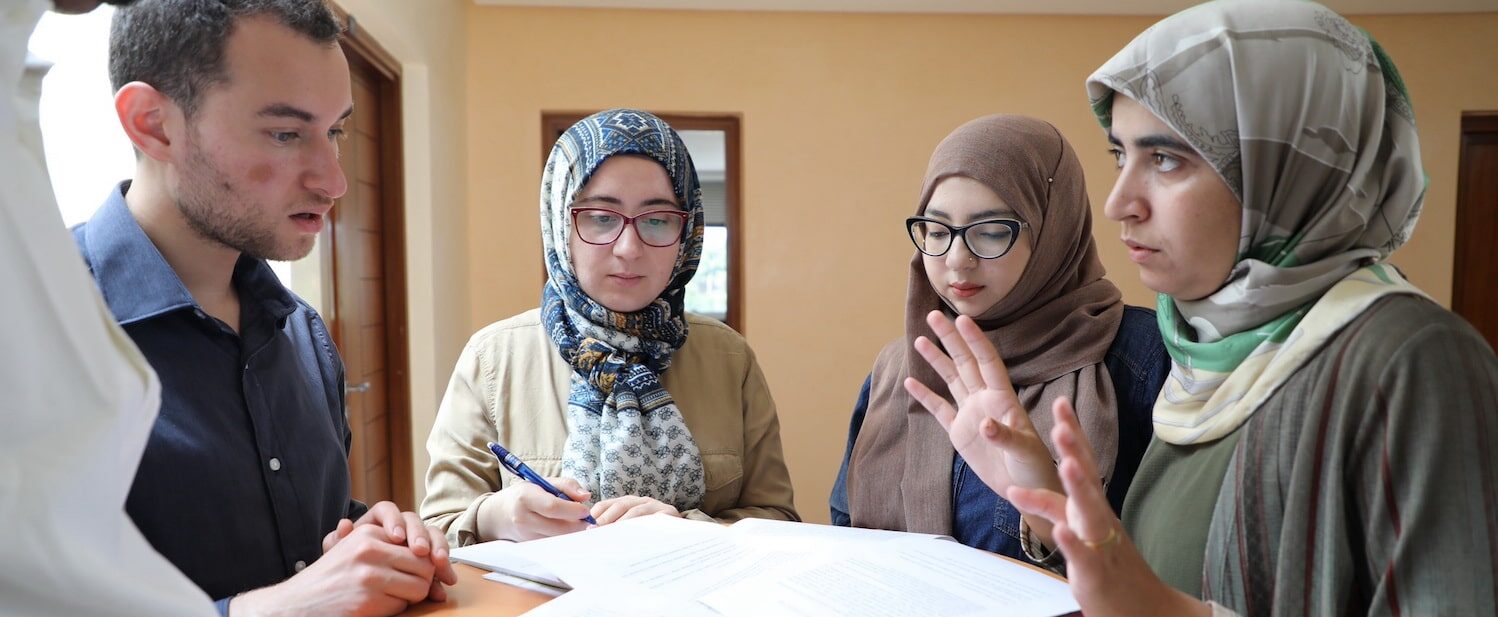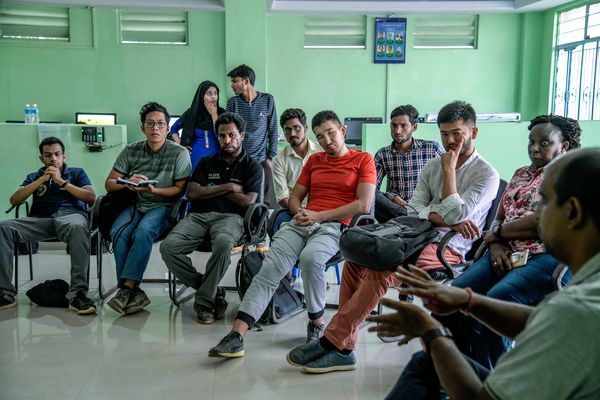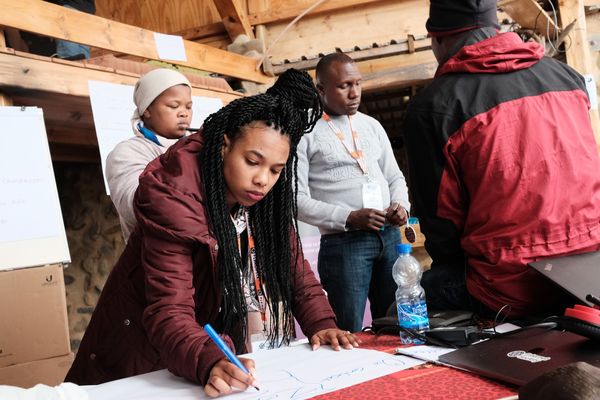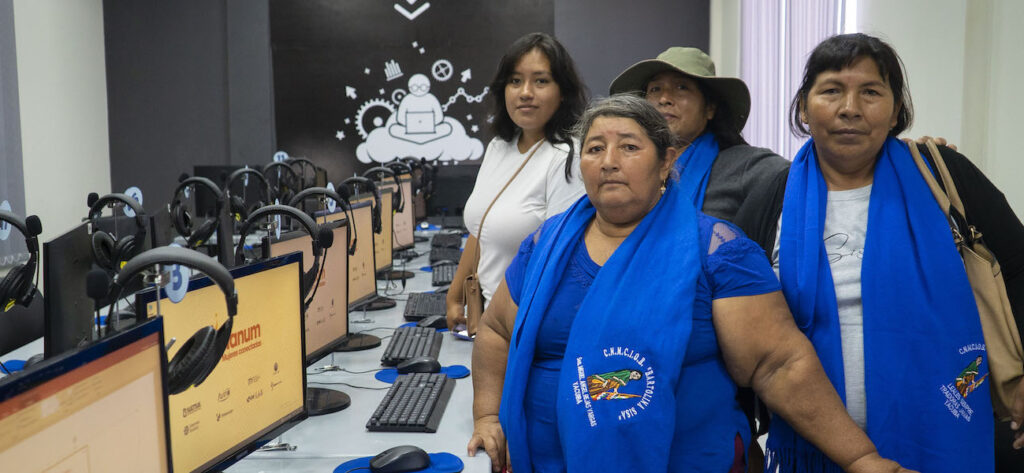Who owns your community network? Who makes decisions?
A critical set of questions is: how is your community network legally established? Is it a nonprofit organization or a cooperative? Is it part of a local or municipal government? Is it a private company? How is it governed? How to make decisions? Does it have an elected or appointed leadership team? Does it have staff or volunteers? There are so many questions to sort out for your specific situation.
Key Points
- The organizational structure of a community network should ultimately enable maximal community participation and mutual benefit between the network and users.
- However, the specific legal vehicle and ownership model also affects crucial factors like licensing access, viable partnership options, governance structures, and limits.
- Operating a community network requires bridging very different realities between the community context and the formal telecommunications sector.
- For sustainability, partnerships with external organizations can provide essential skills and resources that are not readily available within communities.
Take Action

Identify potential types of legal structures.

Define the initial capacity and skills required to operate.

Define governance roles and accountability systems.

Undertake an external stakeholder map.
Learn More
- Community Network Readiness Handbook sections on “Strategic and Sustainable Organizational Structures and Partnerships”
- Structuring a community connectivity provider: Choosing an ownership model (Connect Humanity)
We want your feedback!
Did you find this toolkit useful, or have suggestions on how we can improve it?
Let us know and help communities connect to the Internet.
Image copyrights:
© Gustavo Castellanos Echazú, © Urban Pixel Lebanon, © Atul Loke, © Nyani Quarmyne, © Nyani Quarmyne
